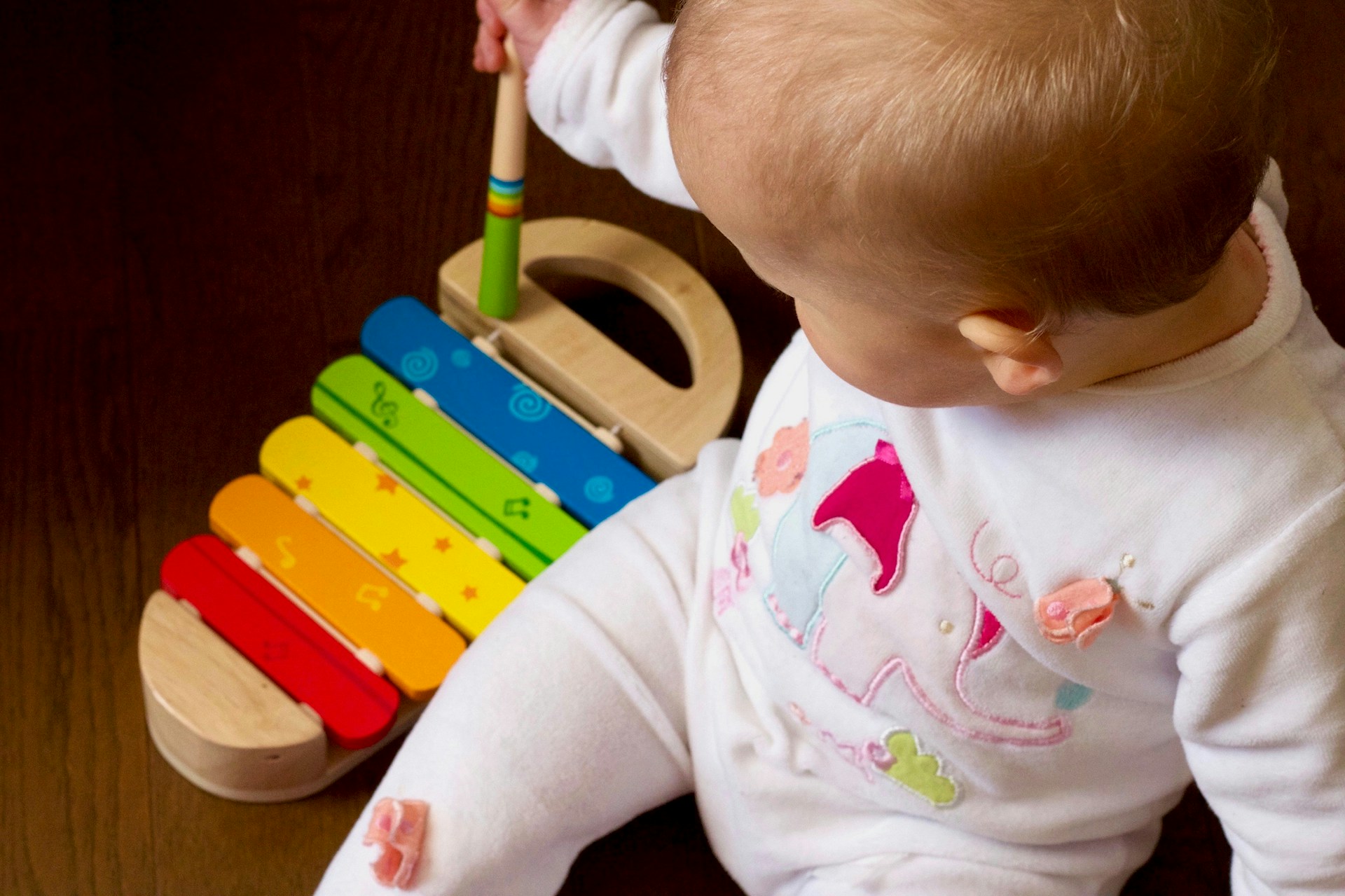Play is more than just fun; it’s a fundamental part of your child’s development. Interactive playtime not only entertains but also plays a crucial role in enhancing motor skills, language development, and social interactions. This article explores the different types of play and their benefits, providing you with practical ideas to incorporate into your child’s daily routine.
1. The Importance of Interactive Play
Fostering Motor Skills:
Interactive play supports the development of both fine and gross motor skills. Activities like stacking blocks, playing with playdough, and crawling through tunnels help strengthen your child’s muscles and coordination. These skills are essential for daily activities and future physical development.
Enhancing Language Skills:
Playtime is a prime opportunity for language development. Through interactive play, children learn to communicate their needs, understand new words, and practice sentences. Singing songs, reading books together, and engaging in pretend play can significantly boost vocabulary and language skills.
Building Social Skills:
Playing with others teaches valuable social skills such as sharing, turn-taking, and empathy. Whether it’s playing a cooperative game or interacting with peers, children learn to navigate social situations, understand emotions, and develop friendships.
2. Types of Interactive Play and Their Benefits
1. Pretend Play:
What It Is: Pretend play involves role-playing different scenarios, such as playing house, pretending to be animals, or acting out stories.
Benefits: This type of play enhances creativity, problem-solving skills, and understanding of social roles. It also encourages language development as children narrate their actions and interact with others in their imaginative world.
2. Sensory Play:
What It Is: Sensory play includes activities that stimulate the senses, such as playing with sand, water, or textured materials.
Benefits: Sensory play supports cognitive development and helps children understand their environment. It improves fine motor skills and helps with sensory integration, which is important for everyday learning and development.
3. Constructive Play:
What It Is: Constructive play involves building and creating with materials like blocks, LEGO, or clay.
Benefits: This type of play enhances spatial awareness, problem-solving skills, and hand-eye coordination. It encourages children to think critically and experiment with different designs and structures.
4. Interactive Games:
What It Is: Interactive games include activities like tag, Simon Says, or musical chairs that involve physical movement and following rules.
Benefits: These games help improve physical coordination, understanding of rules, and social interactions. They also promote teamwork and encourage children to practice patience and self-regulation.
5. Language-Based Games:
What It Is: Language-based games include activities like storytelling, rhyming games, or word puzzles.
Benefits: These games boost vocabulary, improve listening skills, and encourage creative thinking. They are also an excellent way for parents and children to bond through shared language activities.
3. Tips for Incorporating Interactive Play into Your Routine
Create a Play-Friendly Environment:
Set up a dedicated play area that’s safe and inviting. Include a variety of toys and materials that encourage different types of play. Make sure the space is accessible and easy for your child to explore.
Be an Active Participant:
Join in on your child’s playtime. Your involvement not only makes play more enjoyable but also provides opportunities for learning and bonding. Model new skills, ask questions, and engage in conversations to enrich the play experience.
Encourage Social Interaction:
Arrange playdates or group activities to provide opportunities for your child to interact with peers. Social play helps children practice communication skills, share experiences, and learn to navigate group dynamics.
Rotate Toys and Activities:
Keep playtime fresh by rotating toys and introducing new activities. This not only maintains your child’s interest but also exposes them to a variety of experiences and challenges.
Observe and Adapt:
Pay attention to what types of play your child enjoys most and adapt activities to match their interests and developmental stage. If your child shows a keen interest in building, for example, provide more opportunities for constructive play.
4. The Benefits of Regular Interactive Play
Supports Overall Development:
Interactive play supports physical, cognitive, and social development, laying the foundation for future learning and growth. It helps children build essential skills and confidence in a fun and engaging way.
Strengthens Parent-Child Bond:
Shared playtime is a wonderful opportunity for bonding. Engaging in play with your child strengthens your relationship and creates positive memories.
Promotes Emotional Well-being:
Playtime provides a healthy outlet for emotions and helps children develop coping strategies. It also fosters a sense of joy and achievement as they explore and master new skills.
Conclusion
Interactive play is a powerful tool in early childhood development. By incorporating a variety of play types into your child’s routine, you support their growth in motor skills, language, and social interactions. Embrace the joy of play, and remember that every moment spent interacting with your child contributes to their overall development and well-being. Enjoy this special time and celebrate the progress your little one makes along the way.

